Additional information
| Minimum Age (years) | 8 |
|---|---|
| Available in (language) | Dutch, English |
| Course duration | 1 Day |
Someone cuts his finger in a kitchen. At a gym, an older gentleman collapses from a heart attack. During a sporting event, a young boy faints from standing too long. Two automobiles collide, seriously injuring the occupants. A youngster floats motionless, face down in a swimming pool. A diner at the next table chokes on food, unable to breathe.
It happens every day. Some of these people just need a helping hand while others will die or suffer serious permanent injury if not immediately attended to. Many things separate those who live and escape serious disability from those who die or suffer long after their misfortune: the individual’s fitness and health, the severity of the initial incident, the distance from medical care and often, just plain luck. No one can control these variables.
But there’s one variable you can control when you’re on the scene of any medical emergency: You. Often, life versus death or complete recovery versus long-term disability lies with a layperson first responder providing care between the emergency’s onset and the arrival of professional medical personnel. If you are there, you can provide that care. You can be an Emergency Responder. As a layperson, you can’t guarantee that a patient will live or fully recover – there’s too much beyond anyone’s control – but you can feel confident that given the circumstances, everything that could be done will be done.
If you’re not familiar with emergency care procedures, it can seem intimidating and complex. What do you do? For that matter, how do you know what to do first? Such questions may appear overwhelming, but actually, they’re not. If you can remember a simple memory word, you’ll know what to do. This is because no matter what the nature of a medical emergency, you follow the same steps in the same order, providing basic care based on what you find. In the Emergency First Response Primary Care (CPR) and Secondary Care (First Aid) courses, you’ll learn to follow the necessary steps in the right order, so you do the right things at the right time. You’ll learn to apply first responder care following the same priorities used by medical professionals.
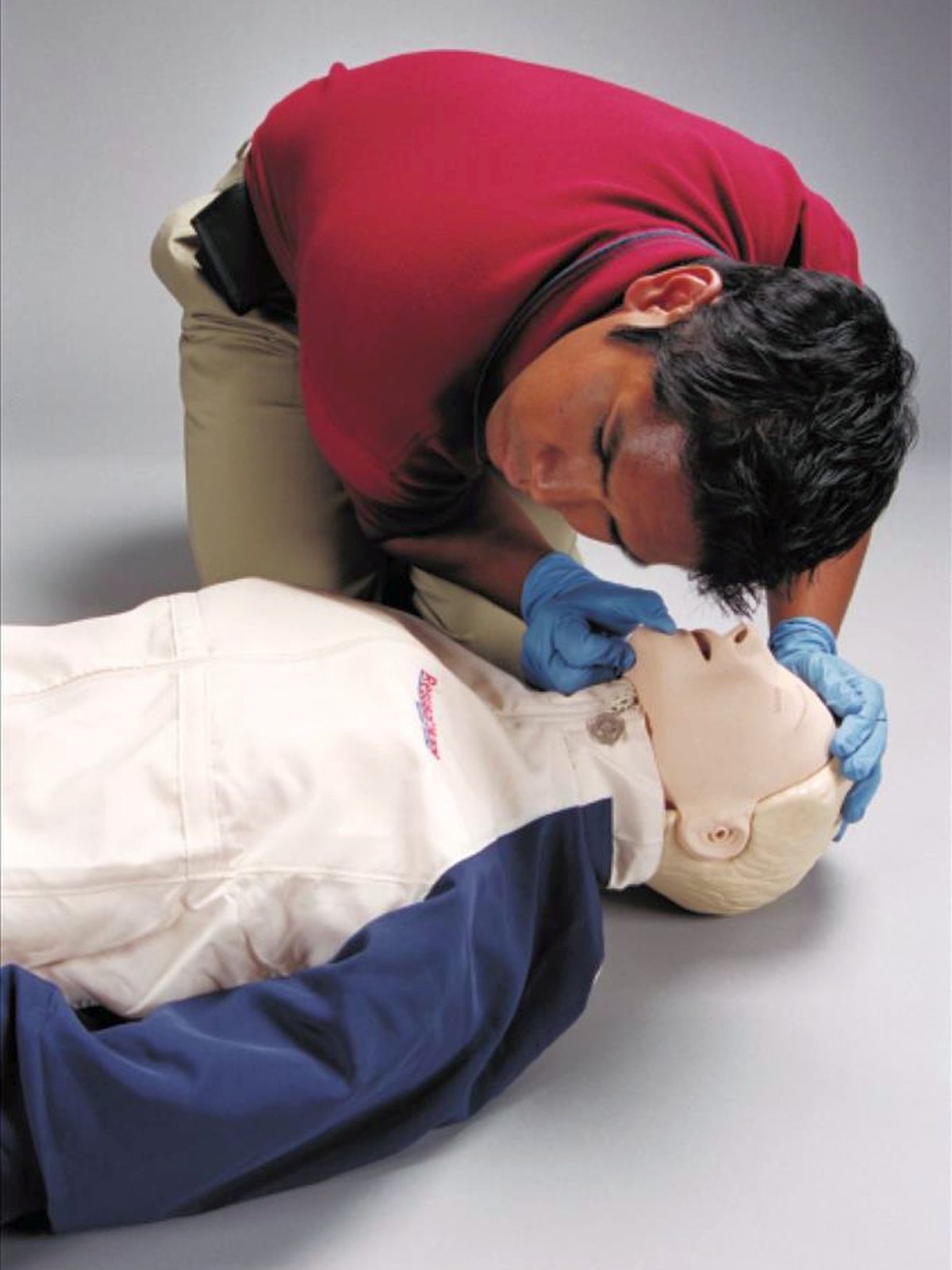
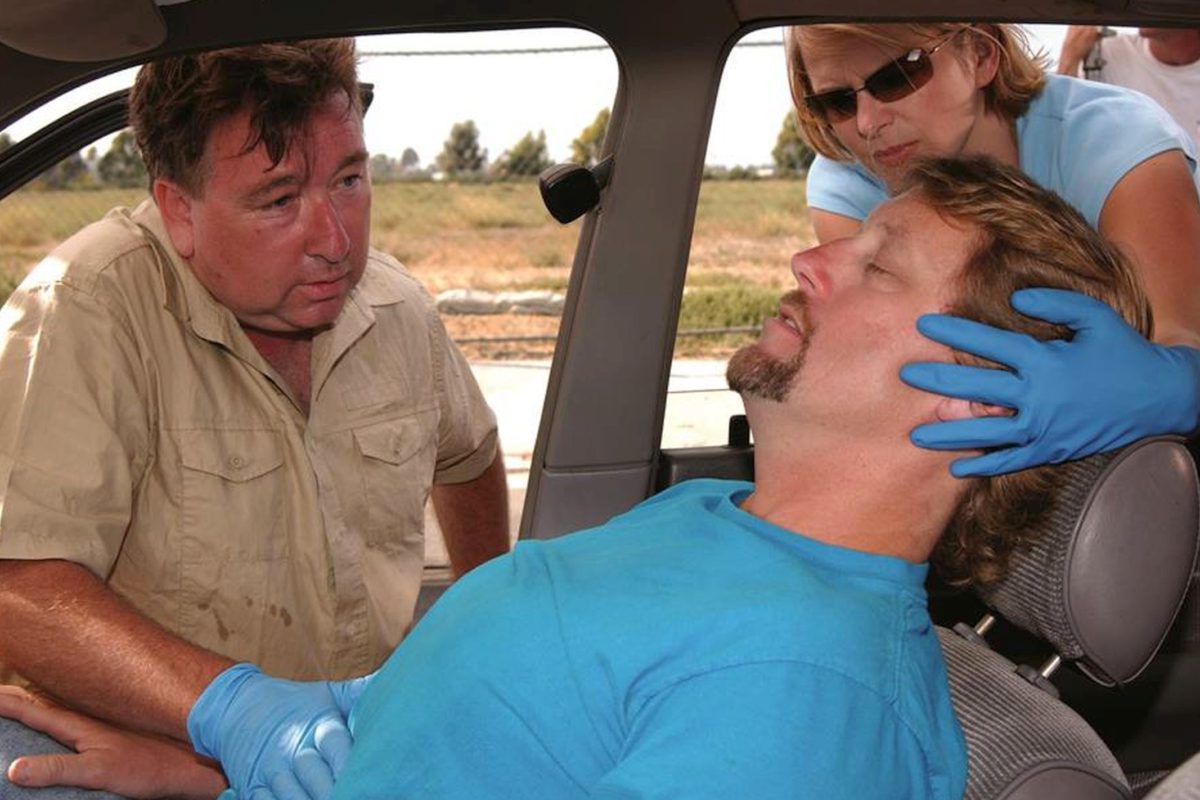
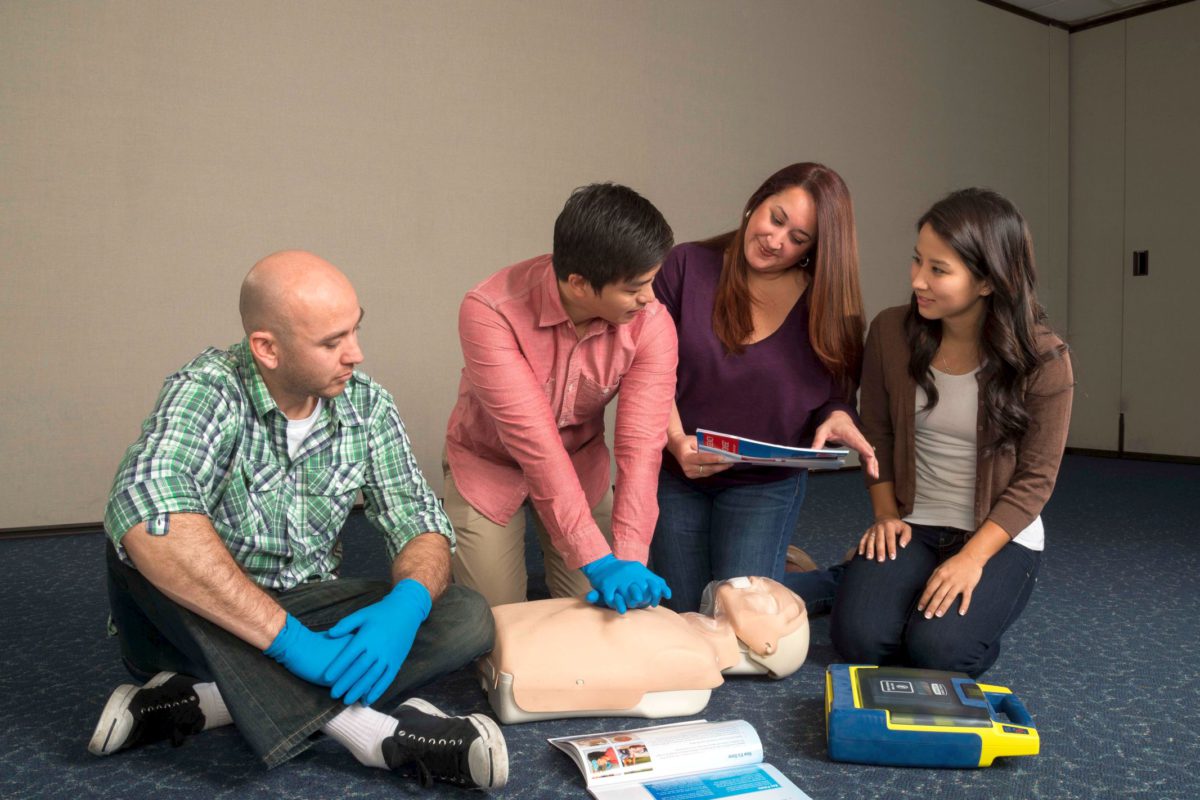
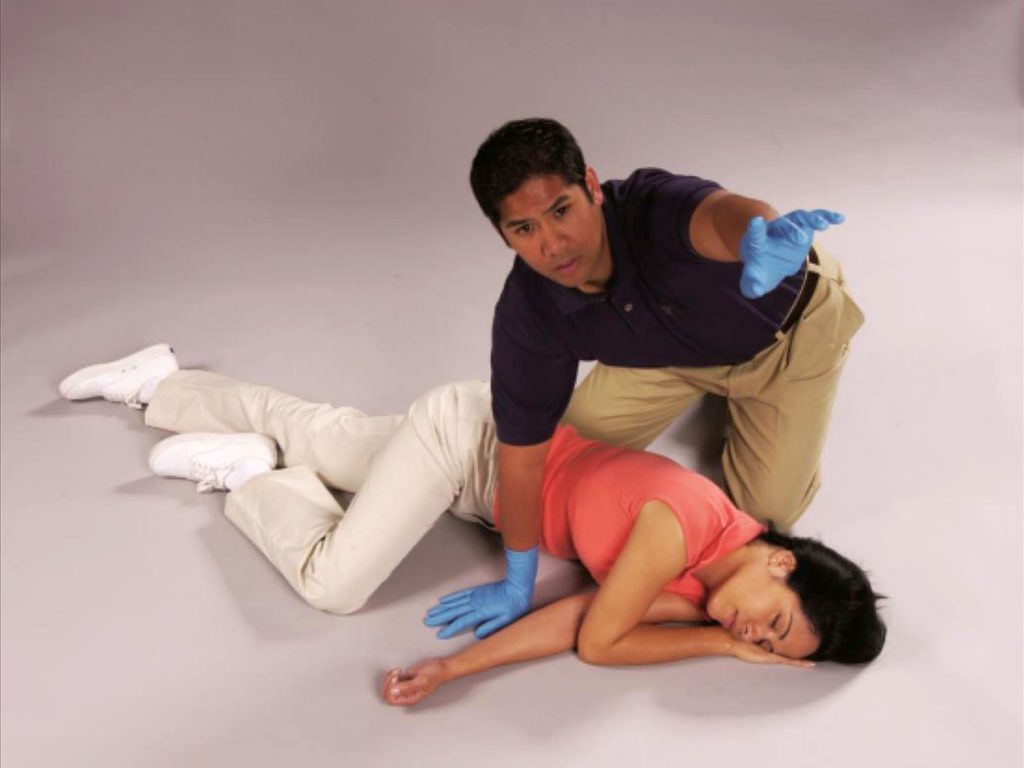
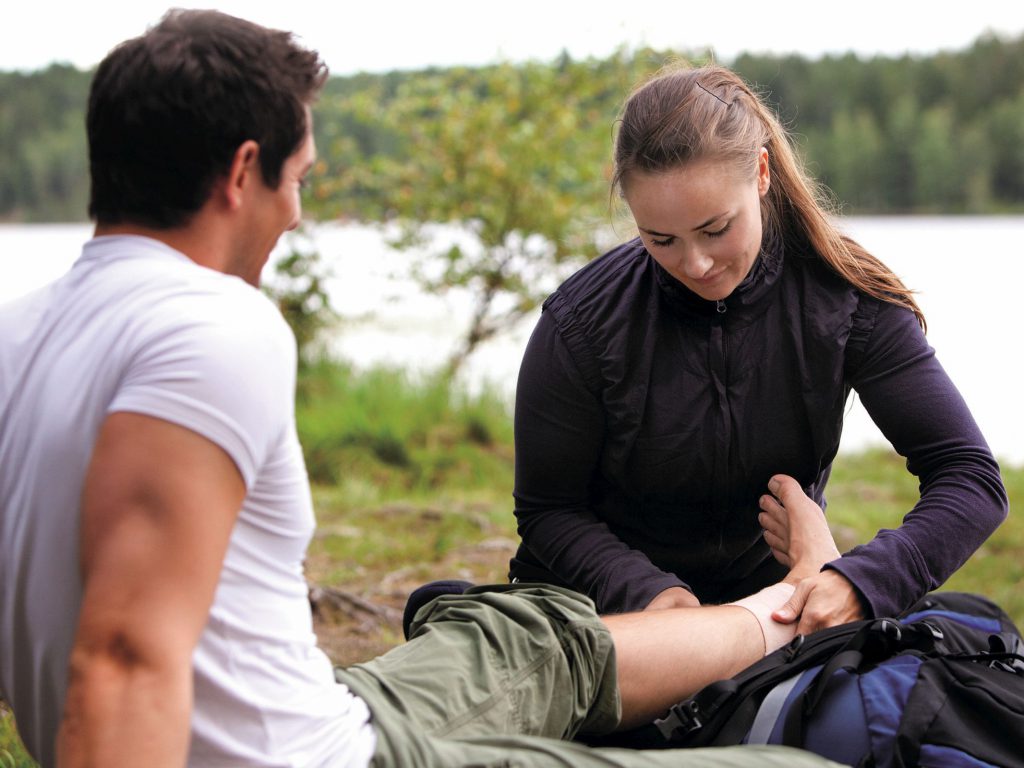
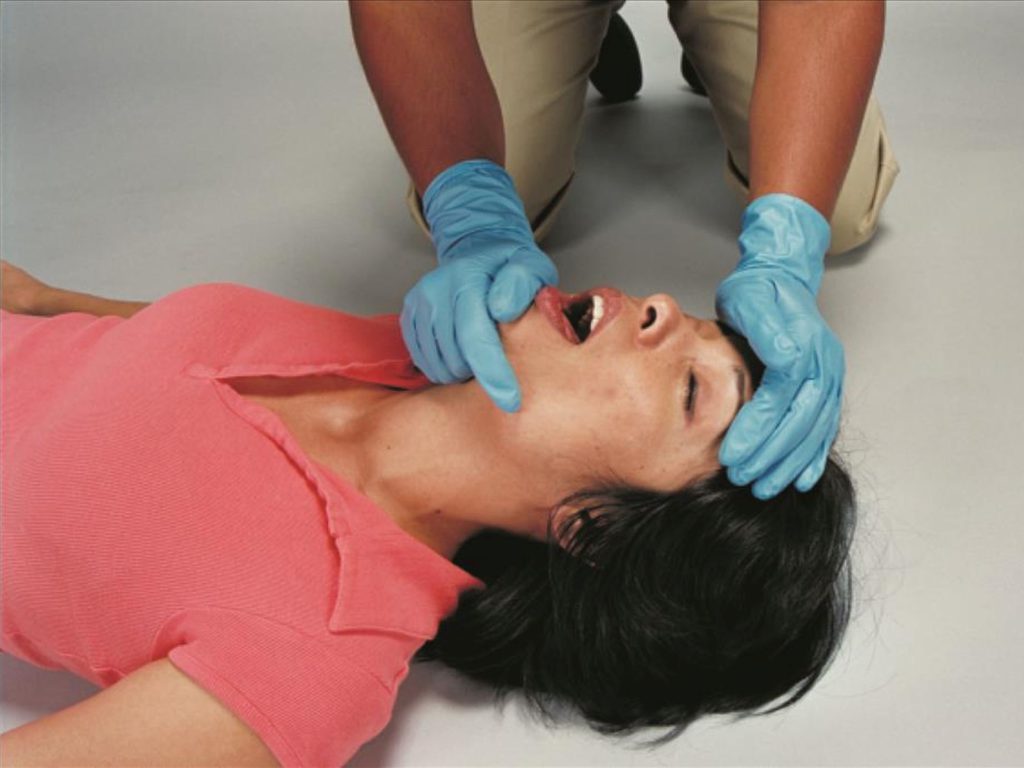
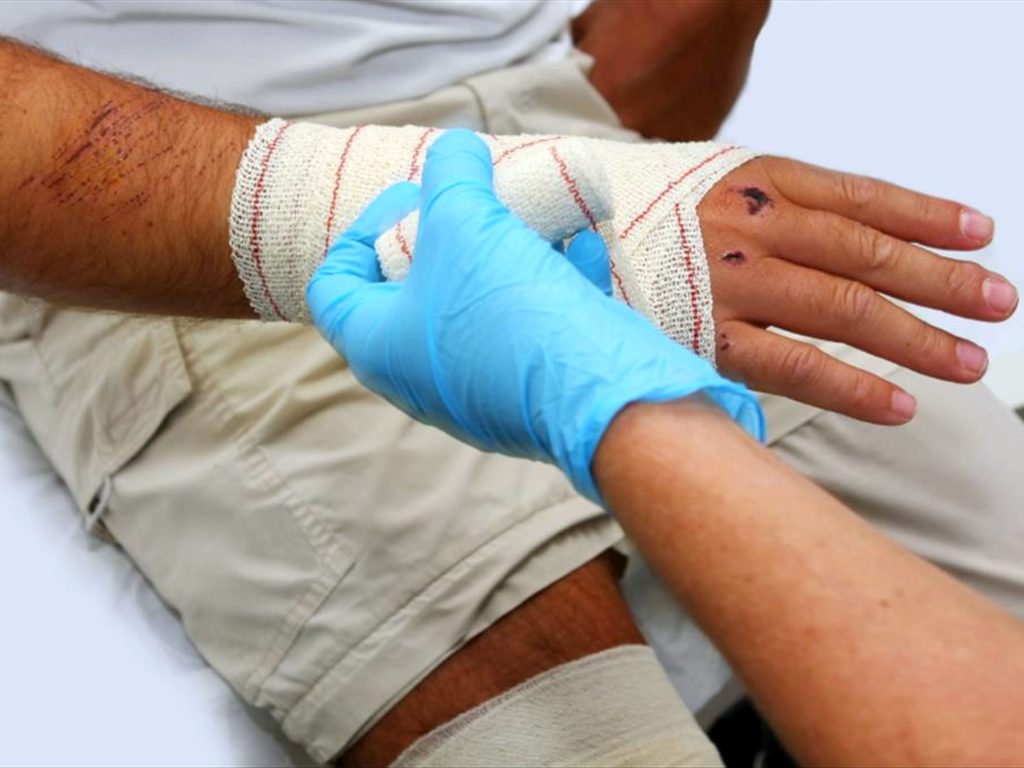
| Minimum Age (years) | 8 |
|---|---|
| Available in (language) | Dutch, English |
| Course duration | 1 Day |
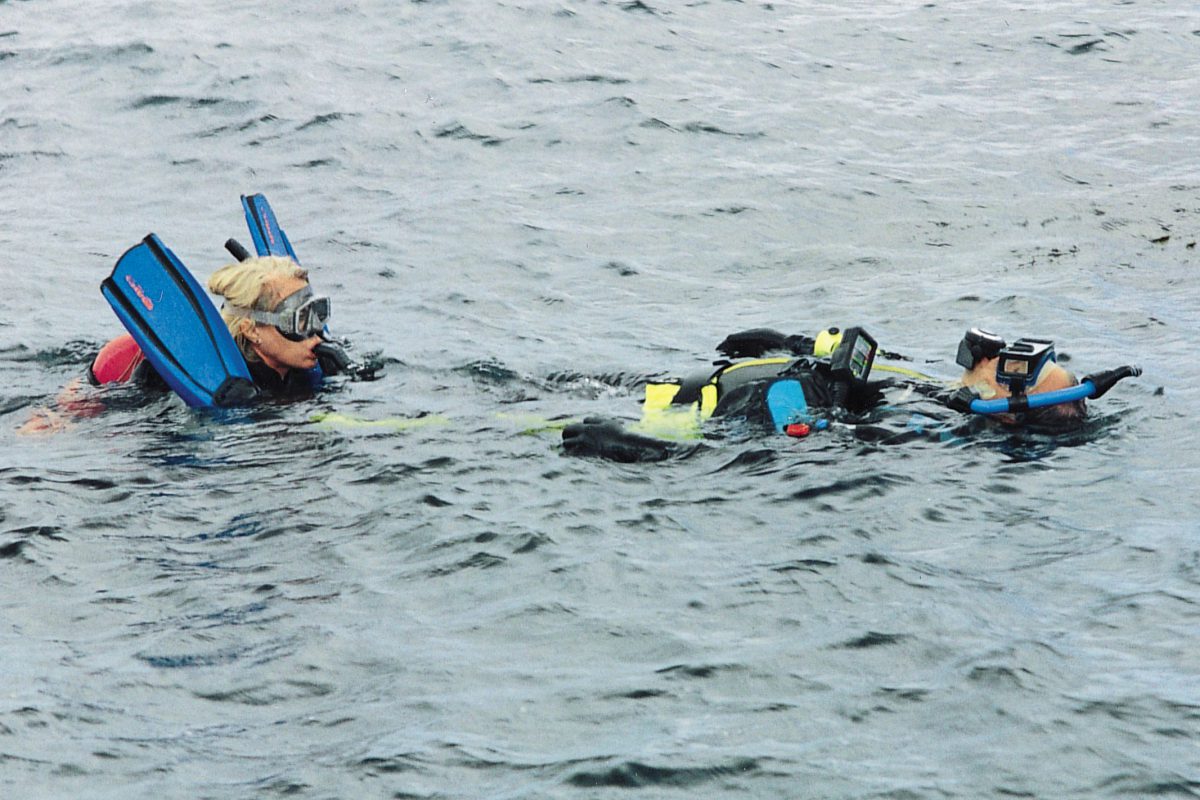
Learn to prevent and manage problems in the water, and become more confident in your skills as a diver. It’s challenging, yet very rewarding.
This course is the complete version including Emergency O2 Provider instead of exercise 9 and Emergency First Response Primary and Secondary Care. Acertification in CPR and First aid is a certification requirement for the PADI Rescue Diver Course. As a bonus Divi Diving throws in the AED module free of charge.
So by completing this course you will be certified from the getgo to give first aid to divers including giving Oxygen.
Do you already have a certification in CPR and First Aid? This course will suit you better.
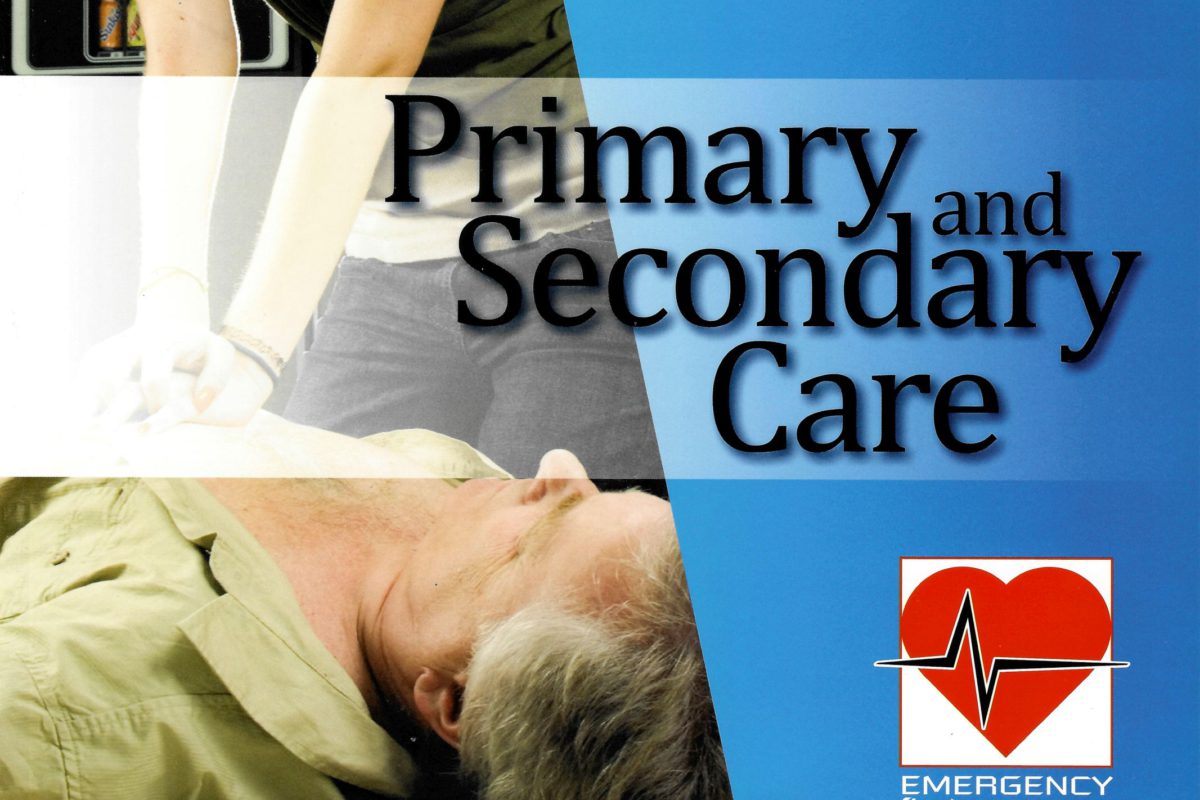
Someone cuts his finger in a kitchen. At a gym, an older gentleman collapses from a heart attack. During a sporting event, a young boy faints from standing too long. Two automobiles collide, seriously injuring the occupants. A youngster floats motionless, face down in a swimming pool. A diner at the next table chokes on food, unable to breathe.
It happens every day. Some of these people just need a helping hand while others will die or suffer serious permanent injury if not immediately attended to. Many things separate those who live and escape serious disability from those who die or suffer long after their misfortune: the individual’s fitness and health, the severity of the initial incident, the distance from medical care and often, just plain luck. No one can control these variables.
But there’s one variable you can control when you’re on the scene of any medical emergency: You. Often, life versus death or complete recovery versus long-term disability lies with a layperson first responder providing care between the emergency’s onset and the arrival of professional medical personnel. If you are there, you can provide that care. You can be an Emergency Responder. As a layperson, you can’t guarantee that a patient will live or fully recover – there’s too much beyond anyone’s control – but you can feel confident that given the circumstances, everything that could be done will be done.
If you’re not familiar with emergency care procedures, it can seem intimidating and complex. What do you do? For that matter, how do you know what to do first? Such questions may appear overwhelming, but actually, they’re not. If you can remember a simple memory word, you’ll know what to do. This is because no matter what the nature of a medical emergency, you follow the same steps in the same order, providing basic care based on what you find. In the Emergency First Response Primary Care (CPR) and Secondary Care (First Aid) courses, you’ll learn to follow the necessary steps in the right order, so you do the right things at the right time. You’ll learn to apply first responder care following the same priorities used by medical professionals.
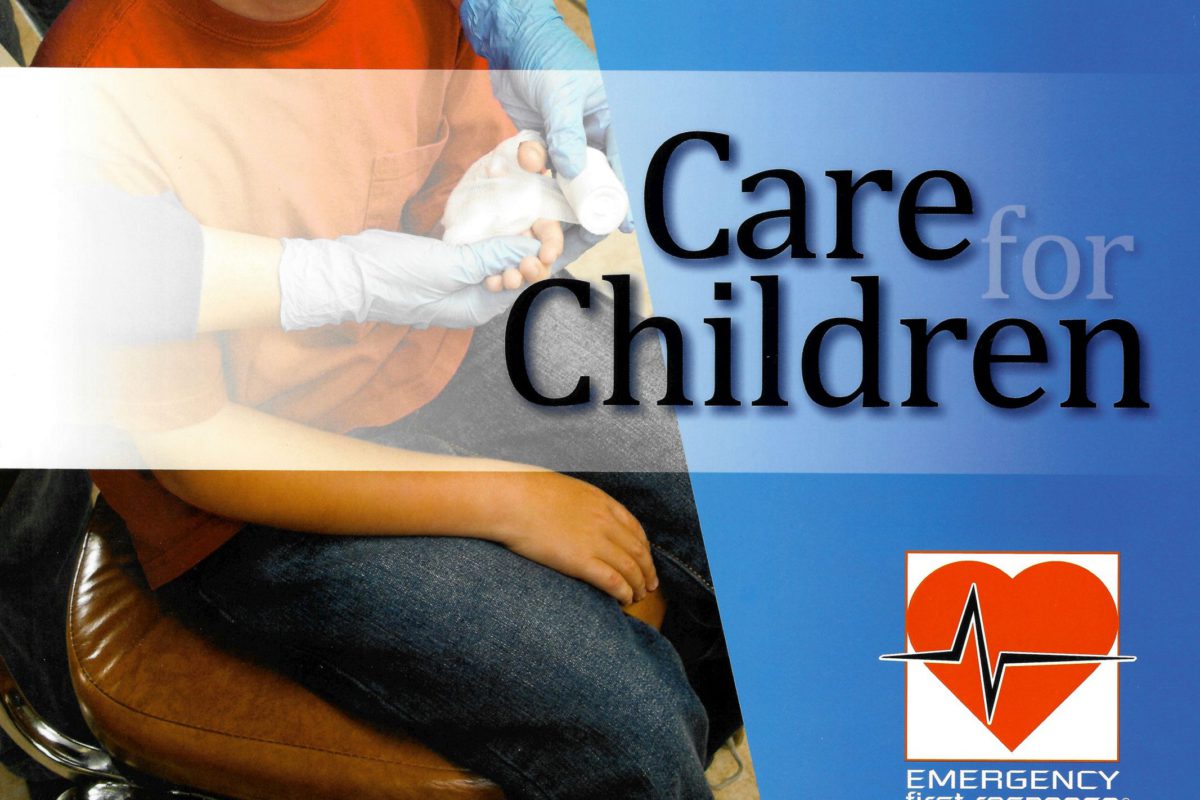
If you interact regularly with children, you know that accidents happen. Fortunately, most often these incidents are insignificant, resulting in simple scrapes and bruises. Children (and parents) generally accept that minor injuries and illnesses are part of growing up. However, there are times when children suffer from significant medical problems. Automobile accidents, serious falls, choking, serious bleeding, near drowning, poisoning and allergic reactions can be very frightening and devastating for children, parents and rescuers alike.
By becoming an Emergency Responder and learning how to handle situations involving injured or ill children, you are empowered to make a difference. You can’t control all the variables, but you can offer assistance that may improve a child’s chances of a positive recovery. If you are willing to jump in and help, you become an important link between the problem’s onset and the arrival of professional medical personnel. Again, you can’t guarantee the final outcome, but you’ll know that you did all that could be done.
As you’ll learn throughout this course, emergency procedures are easy to remember. By approaching each medical emergency following the same steps in the same order, you can provide basic life support in the correct priority of care. These steps are consistent with the priorities used by medical professionals. For life-threatening emergencies, your quick action can start a child down the road to recovery and make for a smooth transition to professional care.
In the Emergency First Response Care for Children course, you’ll also learn how to deal with injuries and illnesses that are not immediately life threatening. You always start with primary life-threatening concerns to ensure there’s no imminent threat, then go on to provide secondary care (first aid) that reassures and reduces the risk of further harm. The steps for this follow up care can help you determine whether professional medical treatment is necessary, or if basic first aid will solve the problem. Sometimes, secondary care is as simple as properly bandaging a wound and sending the child back out to play.